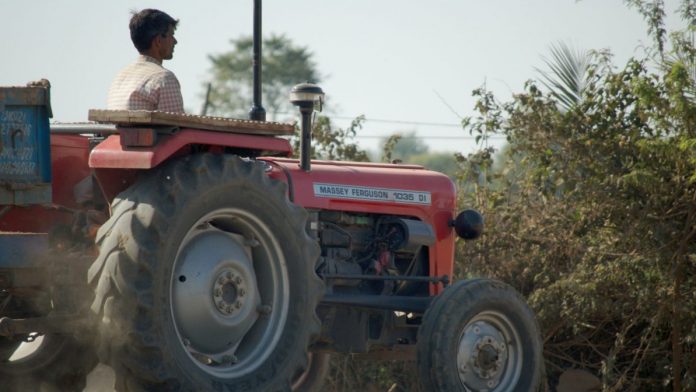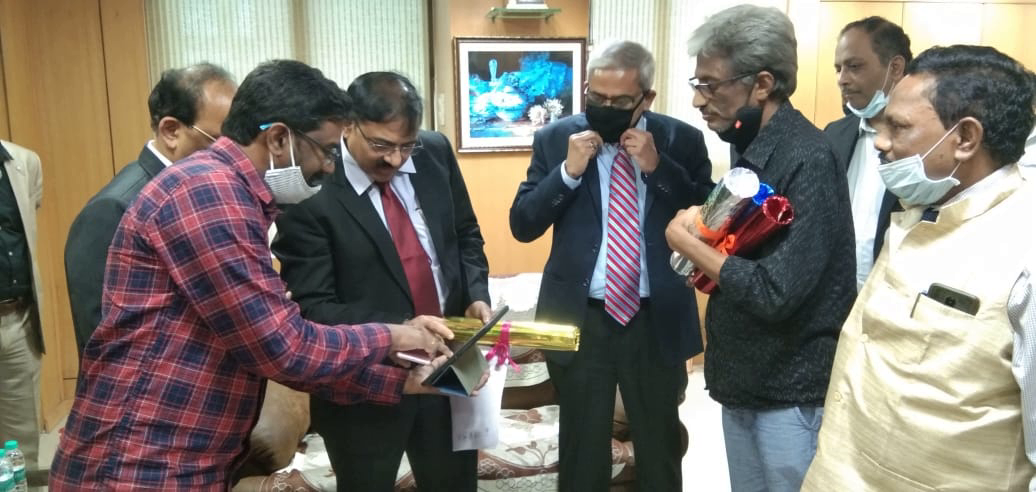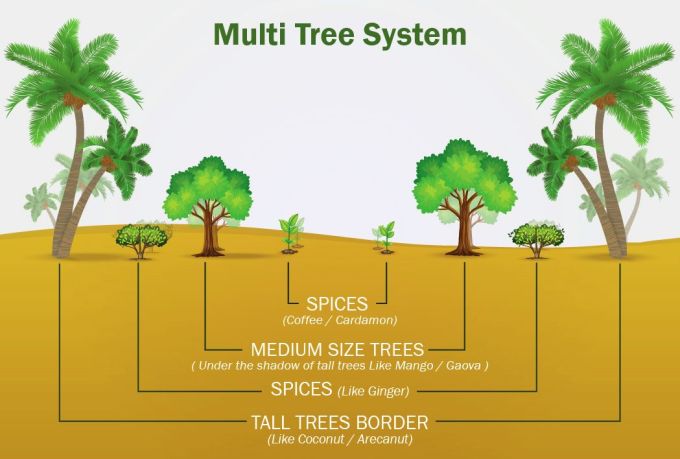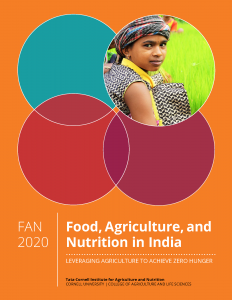Reetika KheraSudha NarayananPrankur GuptaDECEMBER 19, 2020 00:02 ISTUPDATED: DECEMBER 19, 2020 10:00 IST
https://www.thehindu.com/opinion/lead/msp-the-factoids-versus-the-facts/article33367929.ece
The debate on agricultural issues must take into account the changed geography of procurement and the seller’s profile
According to one definition, a factoid is “an item of unreliable information that is reported and repeated so often that it becomes accepted as fact”. After the passage of the three controversial farm laws, the Minimum Support Price (MSP) — not mentioned in the laws — has gained a lot of attention. The predominance of factoids about MSP and procurement has meant that the debate has yielded more chaff than grain.
The MSP is meant to set a floor below which prices do not fall, and is announced by the government for 23 commodities. It is the price at which the government ‘promises’ to buy from farmers if market prices fall below it. In fact, however, government procurement is heavily concentrated on wheat and rice, with other crops barely being procured.
Also read: PM ‘attacked’ farmers, told ‘lies’ about MSP, say farm groups
Over the years, factoids about the MSP and government procurement have gained so much traction that the retired gentleman in the local park cites them as facts. These pertain to how many have benefited from the MSP and who has benefited from it. According to these popular beliefs, few (6%) farmers benefit, only large farmers benefit, and only farmers of Punjab and Haryana (to some extent, western Uttar Pradesh) benefit.
More States under MSP
In a forthcoming paper, we use data on State-wise procurement from the Food Corporation of India (FCI) and agricultural household data for 2012-13 from the National Sample Survey (NSS), after which these data are not available, to set the record straight on these three factoids.
One, the 6% figure from the NSS data 2012-13 relates to paddy and wheat alone. Even here, however, among those who sold any paddy/wheat, the numbers are higher — 14% and 16%.
Two, the Government of India has made a systematic effort to expand the reach of MSP to more States, via the Decentralized Procurement (DCP) Scheme. Introduced in 1997-98, it was not very popular in the initial years and began to be adopted by States in earnest only around 2005. Under the DCP scheme, the responsibility of procurement devolved to the State governments which were reimbursed pre-approved costs. FCI data suggest that by July 2015, as many as 15 States had taken up this programme, though not all were implementing it with equal enthusiasm. Largely on account of it, procurement began moving out of ‘traditional’ States (such as Punjab, Haryana, western Uttar Pradesh). Until 2000, barely 10% of wheat and rice was procured outside the traditional States. By 2012-13, the share of the DCP States rose to 25-35%.
In the case of paddy, Chhattisgarh and Odisha have been the star performers. These States today contribute about 10% each to the total paddy procurement in the country. For wheat, decentralised procurement has taken off in Madhya Pradesh in a big way, accounting for approximately 20% of wheat procurement. In 2020-21, wheat procurement from Madhya Pradesh surpassed that from even Punjab. Among agricultural households which sell paddy under the procurement system, while 9% and 7% come from Punjab and Haryana, 11% are in Odisha and 33% are in Chhattisgarh. An overwhelming majority of agricultural households selling wheat to the procurement agencies come from Madhya Pradesh (33%) compared to 22% from Punjab and 18% from Haryana. That only Punjab and Haryana farmers have benefited from the MSP is now truly a thing of the past.
Which farmer benefits
Three, as per the factoid, only large farmers have benefited. In fact, procurement has benefited the small and marginal farmers in much bigger numbers than medium and large farmers. At the all-India level, among those who sold paddy to the government, 1% were large farmers, owning over 10 hectares of land. Small and marginal farmers, with less than 2 hectares accounted for 70%. The rest (29%) were medium farmers (2-10 hectares).
In the case of wheat, 3% of all wheat-selling farmers were large farmers. More than half (56%) were small and marginal farmers.
In Punjab and Haryana, the share of small and marginal farmers is not insignificant (38% and 58%, respectively, among paddy sellers). In the non-traditional States that adopted the DCP scheme, the overwhelming majority of farmers who sell to State procurement agencies are small and marginal. In Chhattisgarh and Odisha, for example, small and marginal farmers comprise 70-80% of all sellers to government agencies. Similarly, in Madhya Pradesh, nearly half (45%) of those who sell wheat to government agencies are small or marginal farmers.
To recap, the facts are as follows: one, the proportion of farmers who benefit from (even flawed) government procurement policies is not insignificant. Two, the geography of procurement has changed in the past 15 years. It is less concentrated in traditional States such as Punjab, Haryana and western Uttar Pradesh, as DCP States such as Chhattisgarh, Madhya Pradesh and Odisha have started participating more vigorously. Three, perhaps most importantly — it is predominantly the small and marginal farmers who have benefited from the MSP and procurement, even if the size of the benefits may be larger for larger farmers. This is true not just in the DCP States, but also in the traditional States.
The true picture
Getting the facts right is an important first step in resolving the issues facing the agricultural sector and farmers’ issues. We have picked three factoids of many as an illustration of how little we know about how the MSP works. The range of claims made regarding, for example, the consequences of the MSP on diversification need to be examined as well. Among Punjabis who cultivated any crop, 21-37% did not grow paddy and wheat. Among all agricultural households including those which did not cultivate a crop (indicating more diversified sources of agricultural income), a larger proportion (58 and 48%, respectively) stayed away from paddy and wheat, suggesting that procurement in Punjab may not have prevented diversification to the extent we imagine.
Similarly, confusion reigns about other areas of interest from the point of view of the new farm laws. It is widely believed that for the first time, the new laws allow farmers to sell outside the Agricultural Produce Market Committee (APMC). Even for commodities for which MSP is announced, the proportion of sales via the mandi range is only between 10-64%; the demand for the MSP originates because the prices paid outside the mandi tend to be much lower. Countrywide, sales to mandi or government procurement agencies fetched on average 13.3% higher prices for paddy and 5.8% for wheat.
We are not unsympathetic to those who question the heavy concentration of wheat and rice in government procurement (millets are better suited to agro-climatic conditions prevailing in large parts of the country, more nutritious and also grown by small and marginal farmers), to the flaws in the current mandi system, or how the MSP is implemented. Yet, the debate — popular, academic or political — on these issues must take into account the changed geography of procurement and the profile of the seller.
Prankur Gupta is at the University of Texas, Austin; Reetika Khera is at the Indian Institute of Technology Delhi, and Sudha Narayanan is at the International Food Policy Research Institute (IFPRI), Delhi












